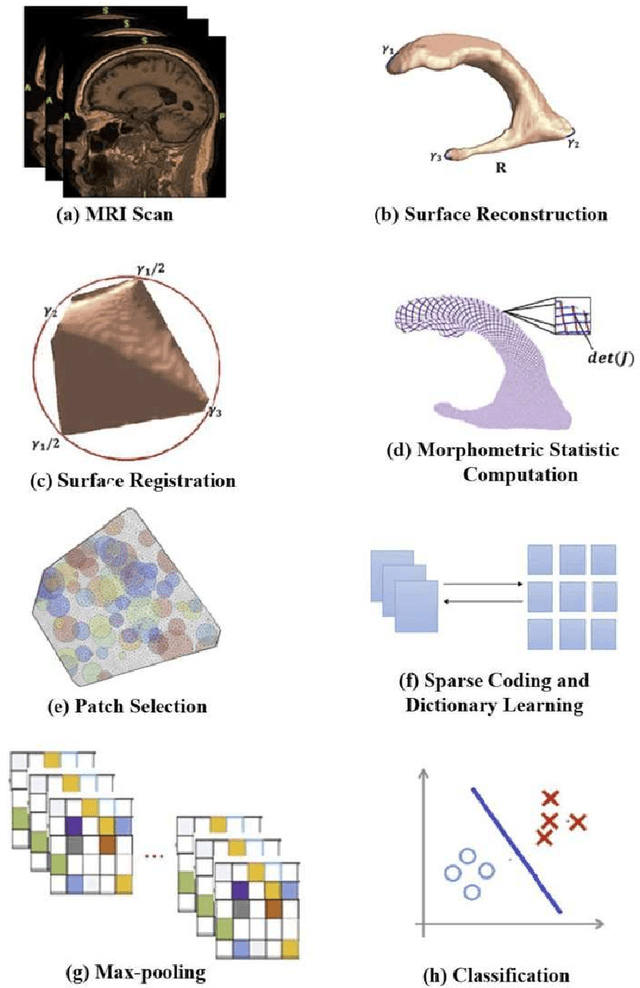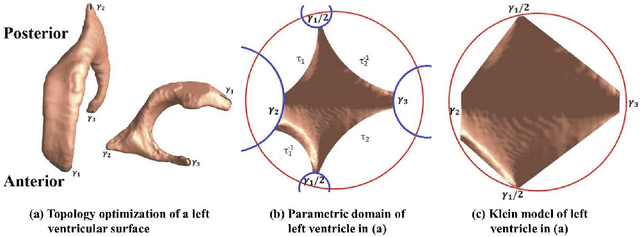K. Chen
Central China Normal University
Automated Construction of a Knowledge Graph of Nuclear Fusion Energy for Effective Elicitation and Retrieval of Information
Apr 10, 2025Abstract:In this document, we discuss a multi-step approach to automated construction of a knowledge graph, for structuring and representing domain-specific knowledge from large document corpora. We apply our method to build the first knowledge graph of nuclear fusion energy, a highly specialized field characterized by vast scope and heterogeneity. This is an ideal benchmark to test the key features of our pipeline, including automatic named entity recognition and entity resolution. We show how pre-trained large language models can be used to address these challenges and we evaluate their performance against Zipf's law, which characterizes human-generated natural language. Additionally, we develop a knowledge-graph retrieval-augmented generation system that combines large language models with a multi-prompt approach. This system provides contextually relevant answers to natural-language queries, including complex multi-hop questions that require reasoning across interconnected entities.
Intelligent experiments through real-time AI: Fast Data Processing and Autonomous Detector Control for sPHENIX and future EIC detectors
Jan 08, 2025Abstract:This R\&D project, initiated by the DOE Nuclear Physics AI-Machine Learning initiative in 2022, leverages AI to address data processing challenges in high-energy nuclear experiments (RHIC, LHC, and future EIC). Our focus is on developing a demonstrator for real-time processing of high-rate data streams from sPHENIX experiment tracking detectors. The limitations of a 15 kHz maximum trigger rate imposed by the calorimeters can be negated by intelligent use of streaming technology in the tracking system. The approach efficiently identifies low momentum rare heavy flavor events in high-rate p+p collisions (3MHz), using Graph Neural Network (GNN) and High Level Synthesis for Machine Learning (hls4ml). Success at sPHENIX promises immediate benefits, minimizing resources and accelerating the heavy-flavor measurements. The approach is transferable to other fields. For the EIC, we develop a DIS-electron tagger using Artificial Intelligence - Machine Learning (AI-ML) algorithms for real-time identification, showcasing the transformative potential of AI and FPGA technologies in high-energy nuclear and particle experiments real-time data processing pipelines.
AI-assisted Optimization of the ECCE Tracking System at the Electron Ion Collider
May 20, 2022Abstract:The Electron-Ion Collider (EIC) is a cutting-edge accelerator facility that will study the nature of the "glue" that binds the building blocks of the visible matter in the universe. The proposed experiment will be realized at Brookhaven National Laboratory in approximately 10 years from now, with detector design and R&D currently ongoing. Notably, EIC is one of the first large-scale facilities to leverage Artificial Intelligence (AI) already starting from the design and R&D phases. The EIC Comprehensive Chromodynamics Experiment (ECCE) is a consortium that proposed a detector design based on a 1.5T solenoid. The EIC detector proposal review concluded that the ECCE design will serve as the reference design for an EIC detector. Herein we describe a comprehensive optimization of the ECCE tracker using AI. The work required a complex parametrization of the simulated detector system. Our approach dealt with an optimization problem in a multidimensional design space driven by multiple objectives that encode the detector performance, while satisfying several mechanical constraints. We describe our strategy and show results obtained for the ECCE tracking system. The AI-assisted design is agnostic to the simulation framework and can be extended to other sub-detectors or to a system of sub-detectors to further optimize the performance of the EIC detector.
Urban Region Profiling via A Multi-Graph Representation Learning Framework
Feb 04, 2022



Abstract:Urban region profiling can benefit urban analytics. Although existing studies have made great efforts to learn urban region representation from multi-source urban data, there are still three limitations: (1) Most related methods focused merely on global-level inter-region relations while overlooking local-level geographical contextual signals and intra-region information; (2) Most previous works failed to develop an effective yet integrated fusion module which can deeply fuse multi-graph correlations; (3) State-of-the-art methods do not perform well in regions with high variance socioeconomic attributes. To address these challenges, we propose a multi-graph representative learning framework, called Region2Vec, for urban region profiling. Specifically, except that human mobility is encoded for inter-region relations, geographic neighborhood is introduced for capturing geographical contextual information while POI side information is adopted for representing intra-region information by knowledge graph. Then, graphs are used to capture accessibility, vicinity, and functionality correlations among regions. To consider the discriminative properties of multiple graphs, an encoder-decoder multi-graph fusion module is further proposed to jointly learn comprehensive representations. Experiments on real-world datasets show that Region2Vec can be employed in three applications and outperforms all state-of-the-art baselines. Particularly, Region2Vec has better performance than previous studies in regions with high variance socioeconomic attributes.
Predicting Future Cognitive Decline with Hyperbolic Stochastic Coding
Feb 21, 2021



Abstract:Hyperbolic geometry has been successfully applied in modeling brain cortical and subcortical surfaces with general topological structures. However such approaches, similar to other surface based brain morphology analysis methods, usually generate high dimensional features. It limits their statistical power in cognitive decline prediction research, especially in datasets with limited subject numbers. To address the above limitation, we propose a novel framework termed as hyperbolic stochastic coding (HSC). Our preliminary experimental results show that our algorithm achieves superior results on various classification tasks. Our work may enrich surface based brain imaging research tools and potentially result in a diagnostic and prognostic indicator to be useful in individualized treatment strategies.
 Add to Chrome
Add to Chrome Add to Firefox
Add to Firefox Add to Edge
Add to Edge